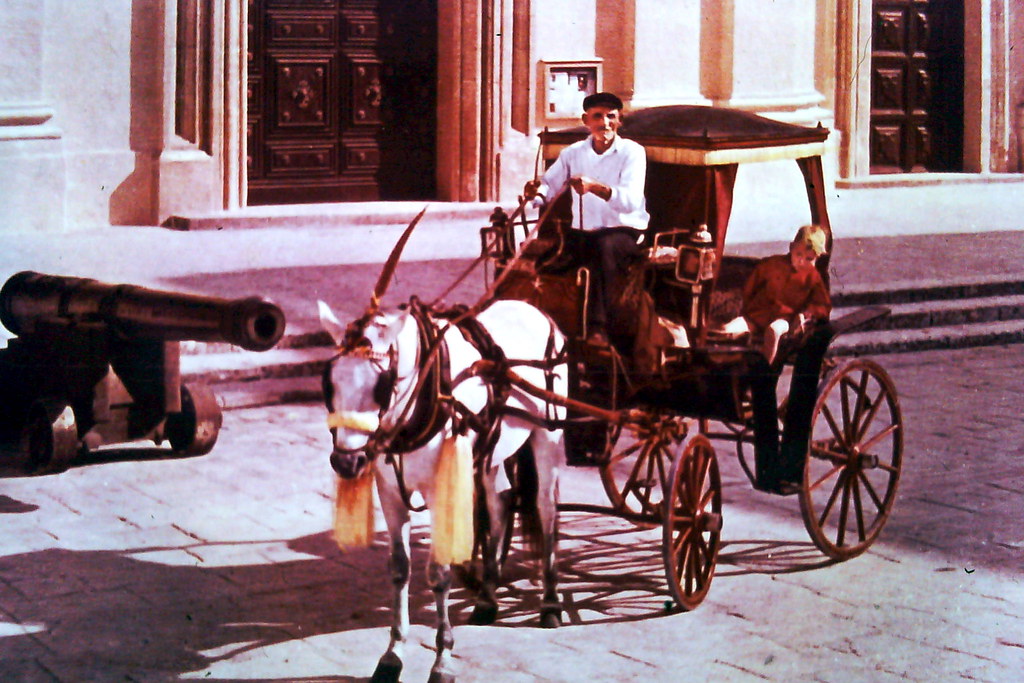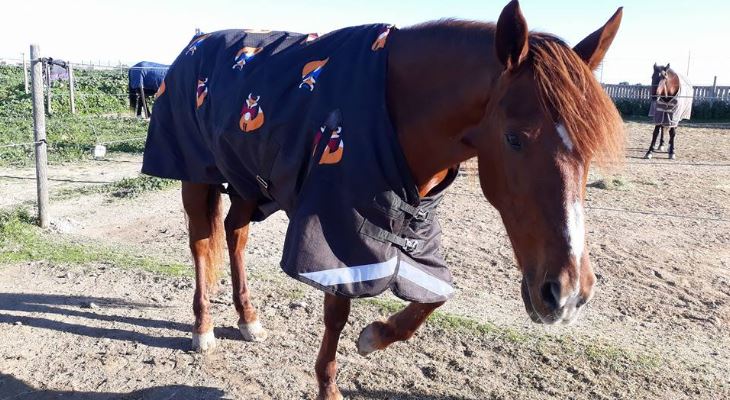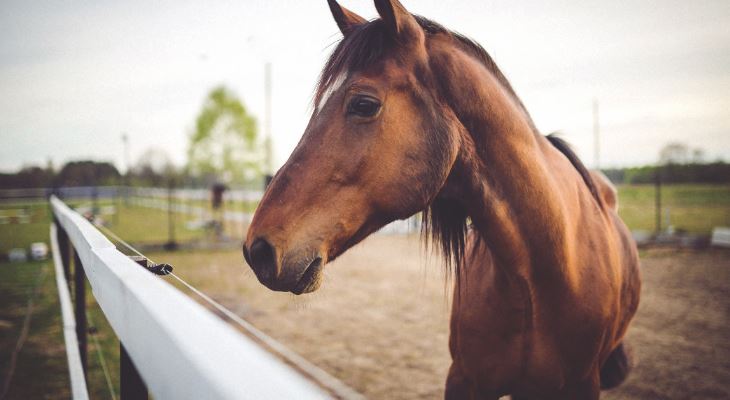Following last weekend’s social media backlash, the answer may come as a surprise.

The Maltese karozzin – the traditional horse and carriage – has experienced a bad rap over the past few years, with images of horses sprawled on the tarmac, or waiting in the sun, making the rounds on social media, upsetting many. This has recently led to a widespread call to ban the custom, which dates back to the mid-nineteenth century and was popular amongst British servicemen and locals, though today functions more as a touristic reminder of days gone by. Indeed, many of these horse-drawn carriages are stationed outside the capital of Valletta, or the ancient walled city of Mdina, and their owners have made this their living.

But, should the karozzin be banned? Is it animal cruelty? And, if not, what can be done to ensure the animals are comfortable and happy? To answer our questions, we turned to three people who have dedicated themselves to the care of these animals: Sean Galea, the chairman of Malta Horse Sanctuary; Korin Farrugia from RMJ’s Horse Rescue; as well as Mich Cachia and Christina Coppini from Rehome a Horse Malta (RAHM).
Let's get down to it: should the karozzin be banned?
1. "The last thing an owner wants is for something to happen to their horse!"

Malta Horse Sanctuary
“No, they shouldn’t be banned. If you look at the number of horse and carriages in Malta and the number of accidents, you can see that accidents don't happen that often. There are also horses which have had accidents and have become dehydrated in the paddock or in stables for example. The last thing an owner wants is for something to happen to their horse!
Every owner has at least three horses – each horse usually works one day and rests for two days. If there are no karozzini, if you bar them from doing their work, what do you think will happen to those horses? These owners will not be able to afford to keep them.” - Sean Galea, Chairman: Malta Horse Sanctuary
2. "Banning them will simply result in a large number of unwanted horses"
“Two years ago, I had written this post (above) which is still valid. In short, the majority of karozzini horses are very well looked after. They have horses which would have ended up being slaughtered. Banning them will simply result in a large number of unwanted horses, and we have more than enough of those already!” - Korin Farrugia, RMJ’s Horse Rescue
3. "People seem to have the idea that banning carriages would automatically mean horses are left to live a happy life grazing."

“While I would not encourage the banning of carriages, I believe that some regulation and enforcement is necessary. Other than carriages being considered a Maltese tradition, it is the bread and butter for these drivers. While I know some carriage horses are kept immaculately by their owners, one may question the upkeep of others in terms of health and condition, adequate rest and hydration, duration of shift or overworking, and size and weight of the horse in relation to the heavy weight pulled and hours of work.
People seem to have the idea that banning carriages would automatically mean horses are left to live a happy life grazing in massive fields. The reality is that we live in Malta, where there are barely enough stables for the amount of horses on the island, let alone paddocks. We don’t have facilities or arenas or tracks where all these horses can be exercised. This means that horses will be homeless, because they suddenly have no purpose, and, to top it off, their owners will not be able to afford to feed them, because citizens have forced them to be unemployed.” - Mich Cachia & Christina Coppini, RAHM
What more can be done to protect the animals?
1. "More shade...if you go to Rabat, it's a pleasure to look at them!"
“There could be more shade created to be used by the horses and carriages... for example if you go to Rabat, it’s a pleasure to look at them! They’re in perfect condition, washed every day, well-rested and the bond they have with their owners is something special.” - Sean Galea, Chairman: Malta Horse Sanctuary
2. "As many shelters as possible"
“As many shelters as possible, maybe water hoses to cool off horses and most importantly wardens to give tickets to cars parking under shelters.” - Korin Farrugia, RMJ’s Horse Rescue
3. "Strict time limits... time slots out of direct sun... regular checks"
“If people were to take a stand for the welfare of these horses, it should not be for the banning of carriages or use of roads, but for the authorities to consider the following points:
- Strict time limits during which horses can work (shifts);
- Accepted time slots out of direct sun and heat especially during the summer months (e.g. early mornings/evenings and stopping services during insane heatwaves);
- Possibly, Government intervention to provide subsidies to restore carriages and make them lighter;
- Horses should be of an adequate size and be strong enough to pull the carts;
- Fresh water available for horses at their rest spot;
- TOWING cars and strict penalties for parking under the horses' shade;
- Regular checks on conditions, the horses’ upkeep, working hours and vetting;
- Limiting the amount of people on a carriage ride;
- Car drivers should be educated to give way and pass wide and slow in order to respect the animal and avoid accidents!” - Mich Cachia & Christina Coppini, RAHM
These thought-provoking answers are fodder for much discussion. One thing is definite - nothing is black or white and there are different aspects to the same argument which need careful consideration. So, what do you think? Should karozzini be banned?